Kenya's eastern black rhino population had surpassed 1,000 at the start of this year, marking a significant milestone in conservation efforts. The numbers had fallen from about 20,000 in the 1970s to fewer than 400 by 1989, prompting concerns about the species' survival. However, a concerted conservation strategy has led to this remarkable recovery.
According to Dr. Jane Thompson, a wildlife expert at the Kenya Wildlife Service, the key to the black rhino's revival lies in the implementation of a multi-faceted approach. "We've been working closely with local communities, providing them with economic incentives to protect the rhinos and their habitats," she explained. "This has not only helped to reduce human-wildlife conflict but also empowered the communities to take ownership of conservation efforts."
The strategy has also involved the establishment of secure sanctuaries and the use of advanced technology, such as camera traps and drones, to monitor and protect the rhino populations. Dr. Thompson noted that the collaboration between government agencies, NGOs, and local communities has been instrumental in the success of the conservation efforts.
The black rhino's recovery serves as a testament to the power of concerted conservation efforts. In the 1960s, conservationist Peter Scott warned that the species could be extinct in 30 years. While the prediction nearly came true, the current numbers suggest that the species may yet thrive.
The lessons learned from Kenya's black rhino revival hold significant implications for conservation efforts worldwide. As Dr. Thompson pointed out, "This success story demonstrates that with the right approach, even the most endangered species can be saved." The conservation community is now looking to replicate this model in other regions, where similar species are facing similar threats.
The current status of the black rhino population in Kenya remains a cause for celebration, with numbers continuing to rise. However, conservationists caution that the work is far from over. "We must remain vigilant and continue to support conservation efforts to ensure the long-term survival of this magnificent species," Dr. Thompson emphasized.
As the world continues to grapple with the challenges of species conservation, Kenya's black rhino revival serves as a beacon of hope. The success of this conservation effort highlights the importance of collaboration, community engagement, and innovative approaches in protecting endangered species.



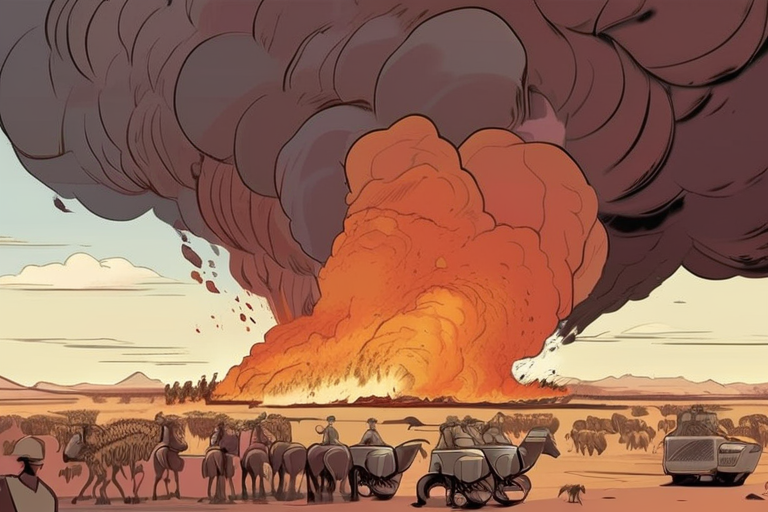





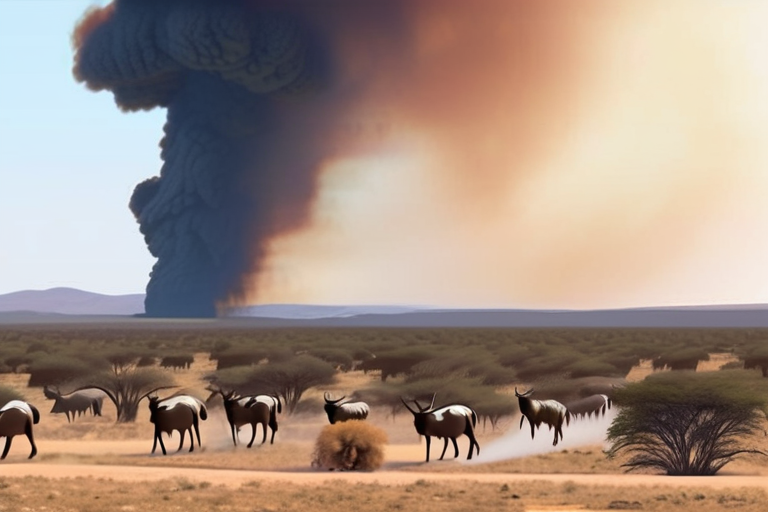
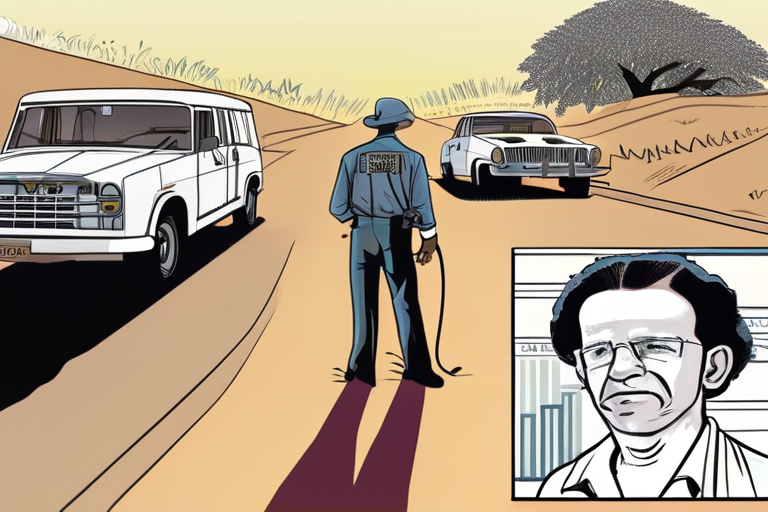

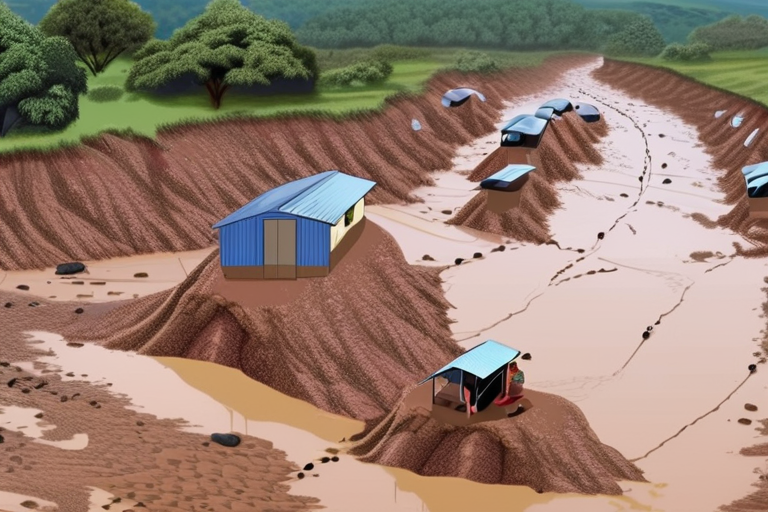




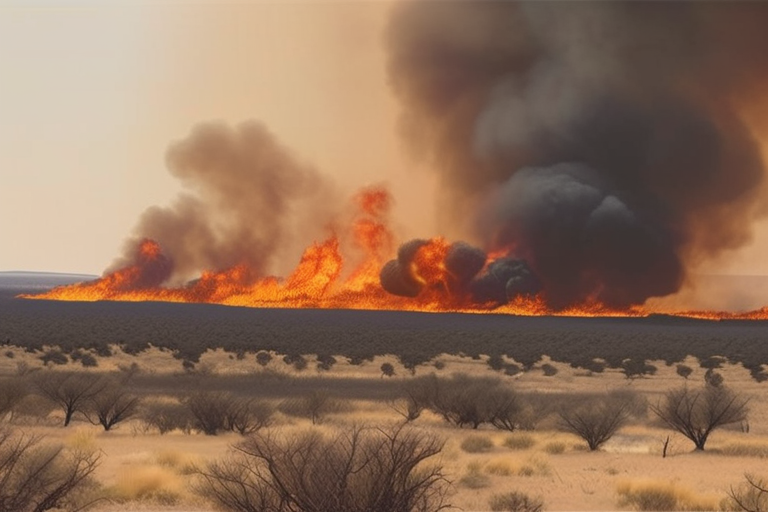









Share & Engage Share
Share this article